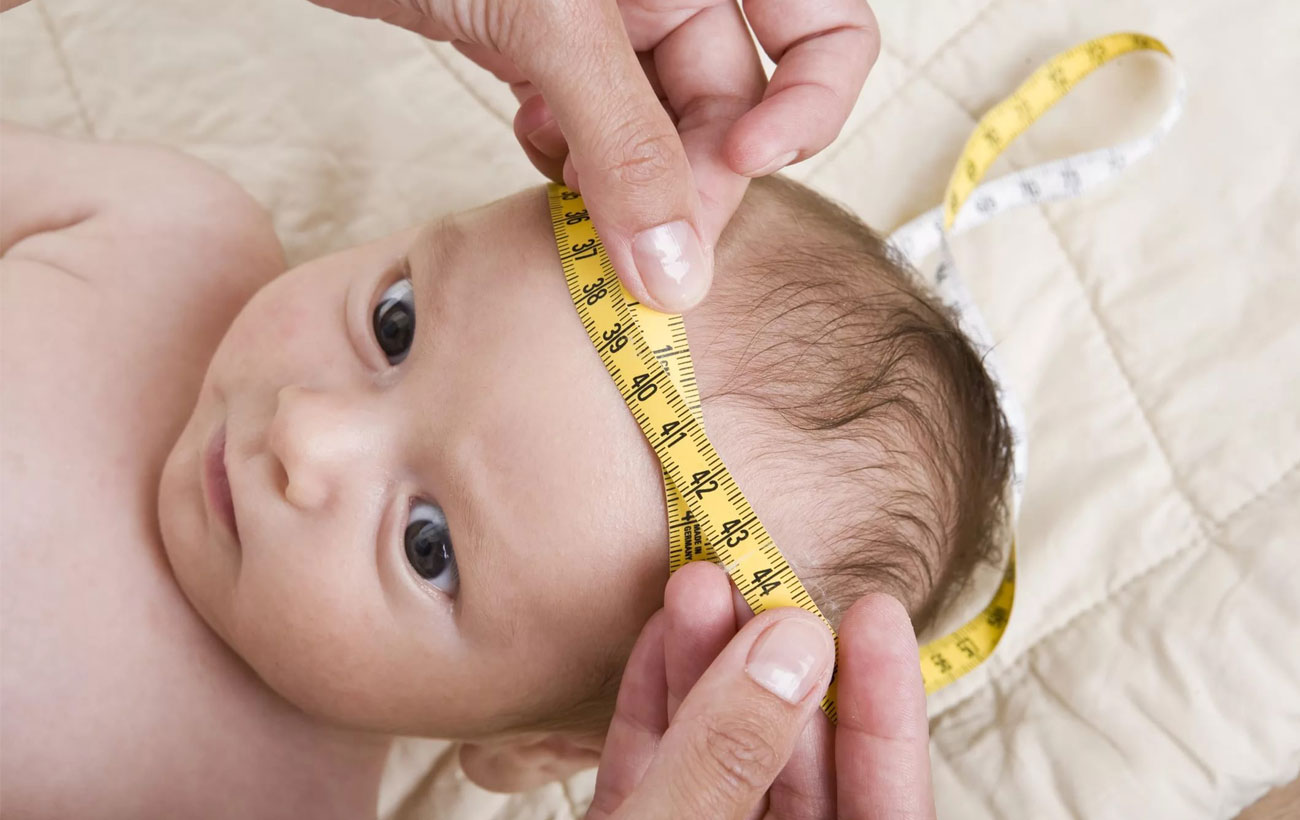
Daentl Townsend Siegel Syndrome is a rare genetic disorder that affects multiple systems in the body. Characterized by developmental delays, intellectual disabilities, and distinct facial features, this condition can significantly impact a person's quality of life. Symptoms often include heart defects, skeletal abnormalities, and vision problems. Early diagnosis and intervention are crucial for managing the symptoms and improving outcomes. Genetic testing can confirm the diagnosis, helping families understand the condition better. Supportive therapies such as physical, occupational, and speech therapy can aid in development and daily functioning. Understanding the complexities of Daentl Townsend Siegel Syndrome is essential for providing the best care and support for those affected.
What is Daentl Townsend Siegel Syndrome?
Daentl Townsend Siegel Syndrome (DTSS) is a rare genetic disorder. It affects multiple systems in the body, leading to a variety of symptoms. Understanding this syndrome can help in managing the condition better.
-
DTSS is extremely rare. Only a handful of cases have been documented worldwide, making it one of the rarest genetic disorders known.
-
It is a genetic disorder. DTSS is caused by mutations in specific genes, which are passed down from parents to their children.
-
Symptoms vary widely. Individuals with DTSS can experience a range of symptoms, including developmental delays, intellectual disabilities, and physical abnormalities.
-
Diagnosis is challenging. Due to its rarity and the variability of symptoms, diagnosing DTSS can be difficult and often requires genetic testing.
Symptoms of Daentl Townsend Siegel Syndrome
The symptoms of DTSS can affect various parts of the body. Here are some of the most common ones:
-
Developmental delays. Children with DTSS often experience delays in reaching developmental milestones such as walking and talking.
-
Intellectual disabilities. Many individuals with DTSS have some degree of intellectual disability, which can range from mild to severe.
-
Physical abnormalities. These can include distinctive facial features, skeletal abnormalities, and heart defects.
-
Seizures. Some individuals with DTSS may experience seizures, which can vary in frequency and severity.
Causes and Genetics of DTSS
Understanding the genetic basis of DTSS can provide insights into its causes and potential treatments.
-
Mutations in specific genes. DTSS is caused by mutations in certain genes that are crucial for normal development.
-
Inheritance patterns. DTSS can be inherited in an autosomal dominant or autosomal recessive manner, depending on the specific genetic mutation involved.
-
Spontaneous mutations. In some cases, DTSS may result from new mutations that occur spontaneously, rather than being inherited from a parent.
Diagnosis and Testing
Diagnosing DTSS involves a combination of clinical evaluation and genetic testing.
-
Clinical evaluation. Doctors will assess the patient's symptoms and medical history to determine if DTSS is a possibility.
-
Genetic testing. This involves analyzing the patient's DNA to identify any mutations associated with DTSS.
-
Differential diagnosis. Doctors must rule out other conditions with similar symptoms before confirming a diagnosis of DTSS.
Treatment and Management
While there is no cure for DTSS, various treatments can help manage the symptoms and improve quality of life.
-
Early intervention. Early intervention programs can help children with DTSS develop essential skills and reach their full potential.
-
Medications. Medications can be used to manage specific symptoms, such as seizures or heart problems.
-
Therapies. Physical, occupational, and speech therapies can help individuals with DTSS improve their abilities and independence.
Support and Resources
Support from healthcare professionals and access to resources can make a significant difference for individuals with DTSS and their families.
-
Genetic counseling. Genetic counselors can provide information and support to families affected by DTSS, helping them understand the condition and their options.
-
Support groups. Connecting with other families affected by DTSS can provide emotional support and practical advice.
-
Educational resources. Access to educational resources and special education services can help individuals with DTSS succeed in school and beyond.
Final Thoughts on Daentl Townsend Siegel Syndrome
Daentl Townsend Siegel Syndrome, though rare, has significant impacts on those affected. Understanding symptoms like developmental delays, distinctive facial features, and skeletal abnormalities can aid in early diagnosis. Genetic testing plays a crucial role in identifying this syndrome, leading to better management and support for patients and families. While there's no cure, therapies and interventions can improve quality of life. Raising awareness and supporting research are essential steps in helping those with this condition. By staying informed and advocating for more resources, we can make a difference in the lives of individuals with Daentl Townsend Siegel Syndrome. Remember, knowledge is power, and every bit of information helps in creating a more inclusive and supportive environment for everyone.
Was this page helpful?
Our commitment to delivering trustworthy and engaging content is at the heart of what we do. Each fact on our site is contributed by real users like you, bringing a wealth of diverse insights and information. To ensure the highest standards of accuracy and reliability, our dedicated editors meticulously review each submission. This process guarantees that the facts we share are not only fascinating but also credible. Trust in our commitment to quality and authenticity as you explore and learn with us.


